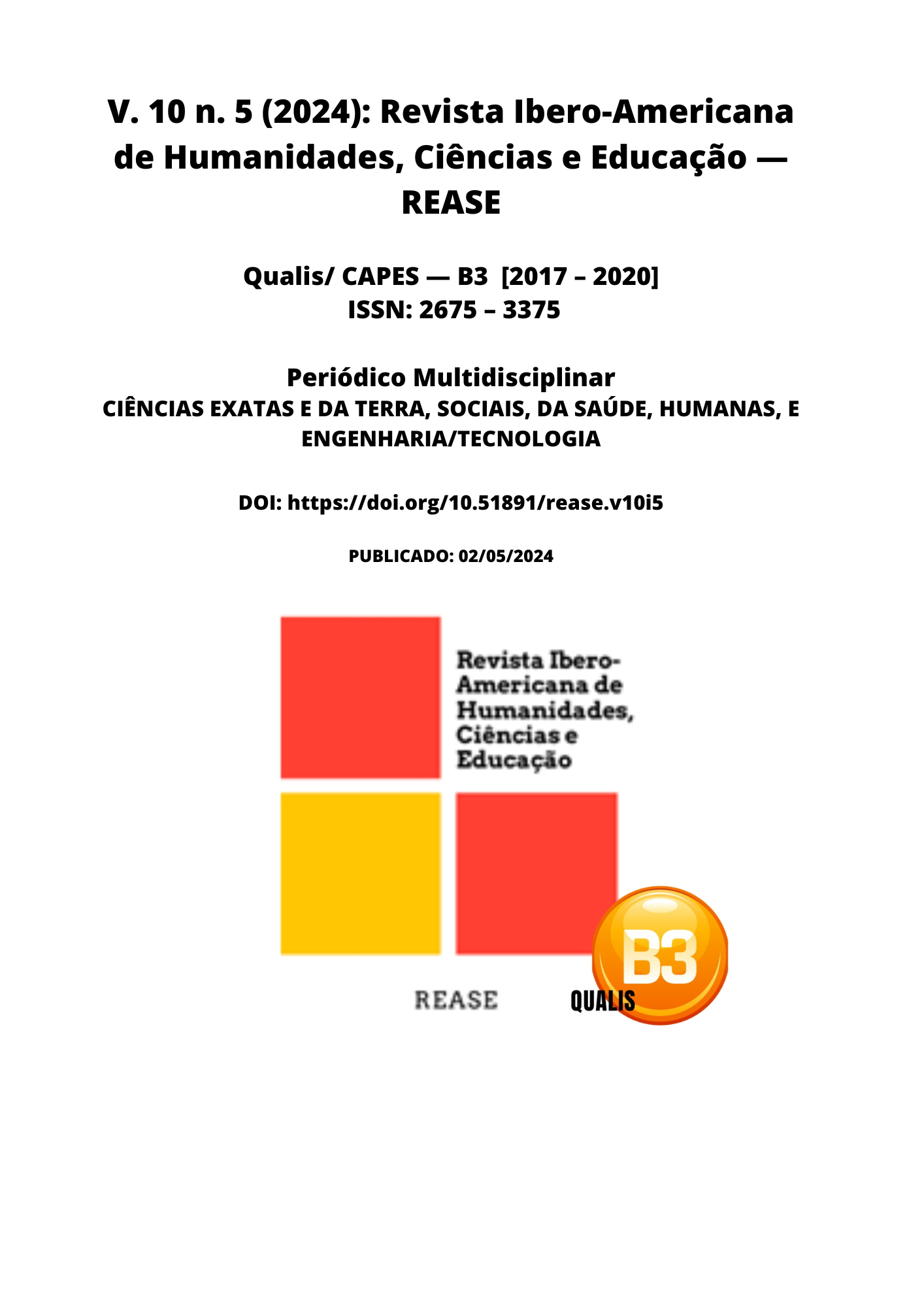FAKE NEWS AND FREEDOM OF EXPRESSION IN ELECTORAL LAW
DOI:
https://doi.org/10.51891/rease.v10i5.13840Keywords:
Freedom of expression. Advertising electoral. Fake news.Abstract
The present work aims to understand how freedom of expression should be exercised in order to respect electoral dictates so that it does not become fake news and, thus, does not interfere with the legitimacy of the electoral process. To this end, concepts of freedom of expression, electoral propaganda, as well as fake news were analyzed, making relationships with contemporary times through a comparative study with constitutional norms, court jurisprudence, specialized doctrine, as well as electoral legislation. current. The method used was deductive, with a qualitative approach, through renowned literature review and content analysis. It is concluded, therefore, that the occurrence of fake news, derived from the abuse of freedom of expression in the electoral process, undermines the legitimacy of the election, causing serious damage to democracy.
Downloads
Downloads
Published
How to Cite
Issue
Section
Categories
License
Atribuição CC BY

